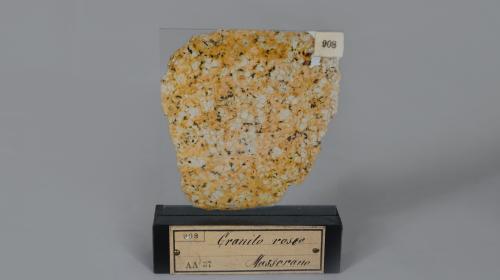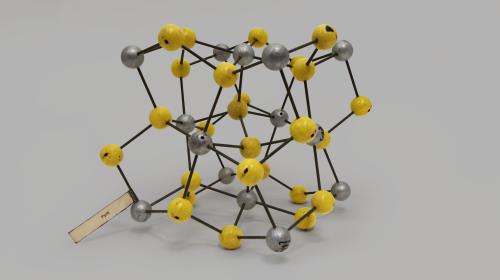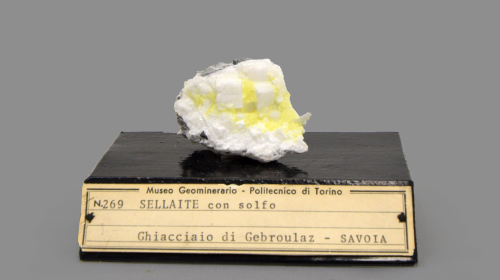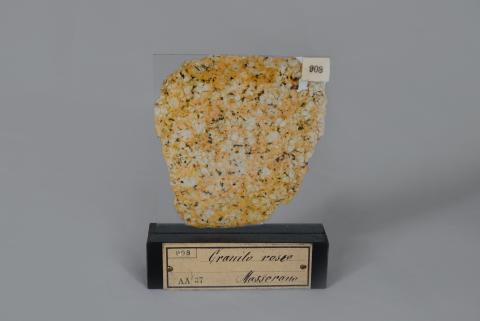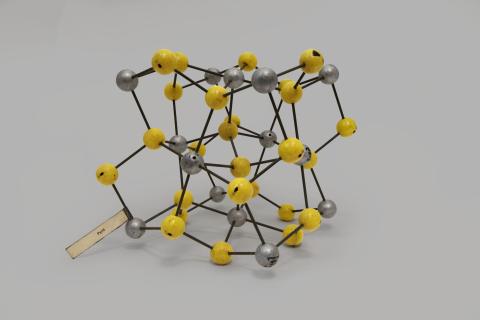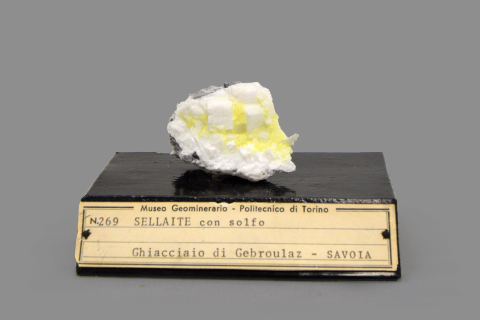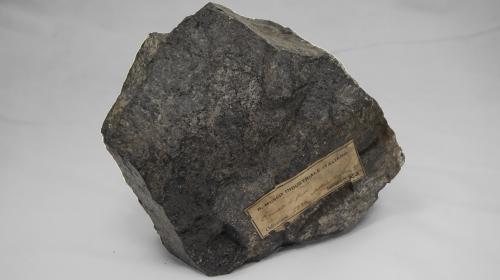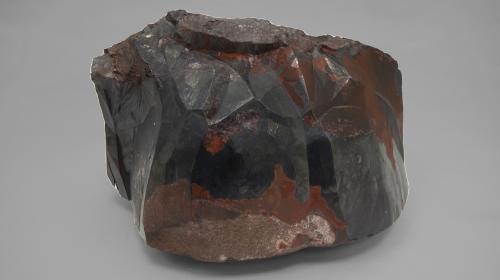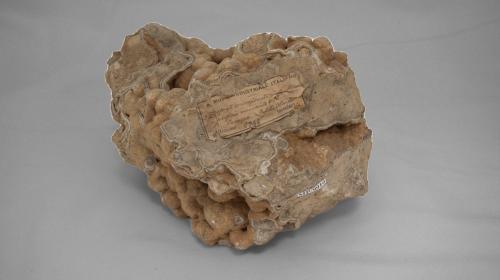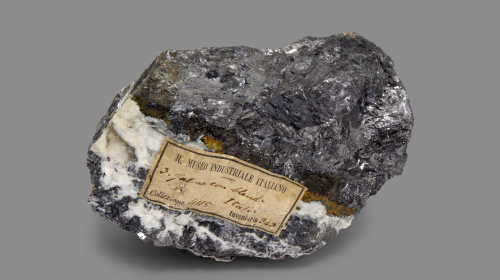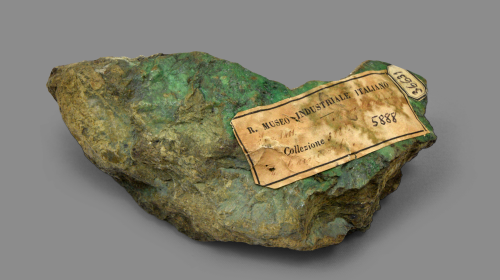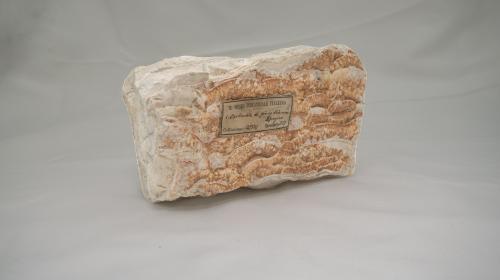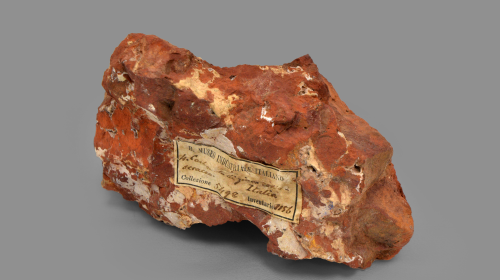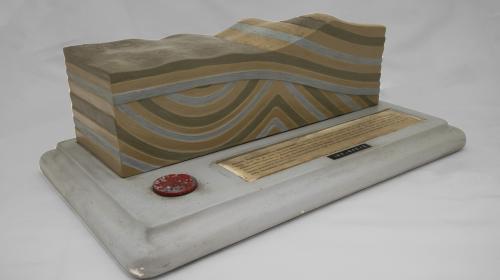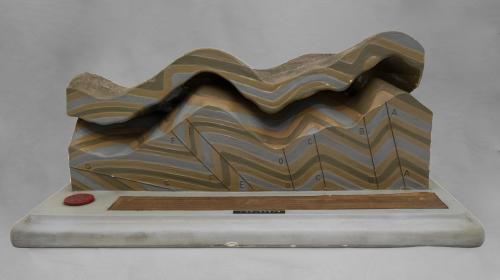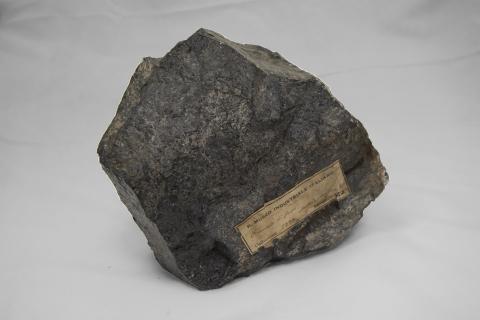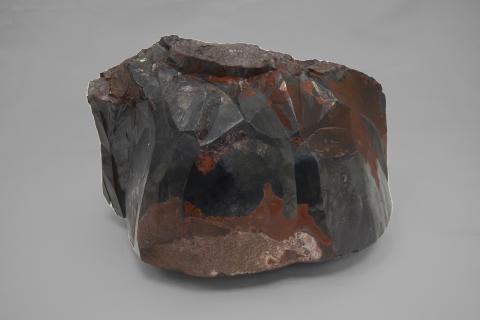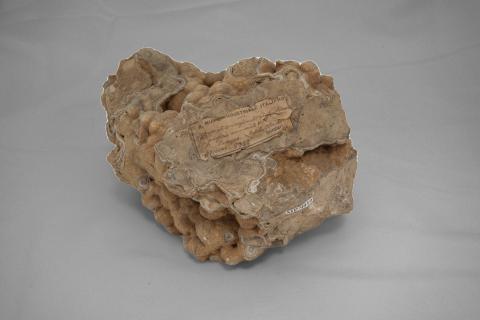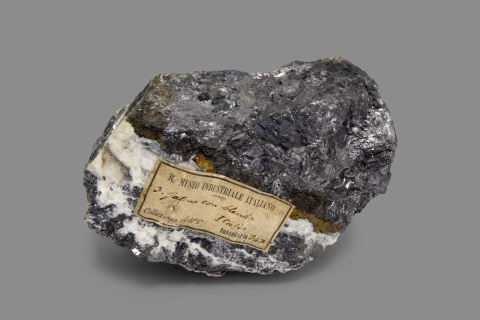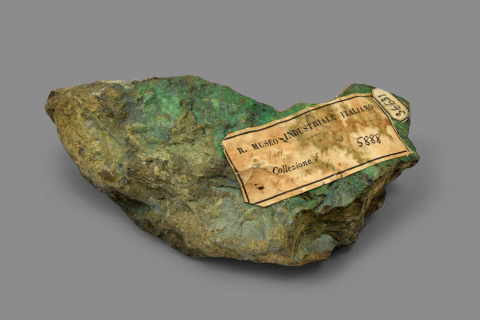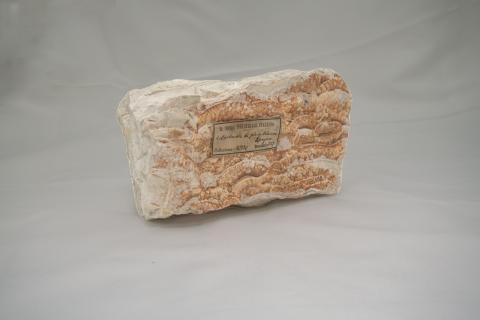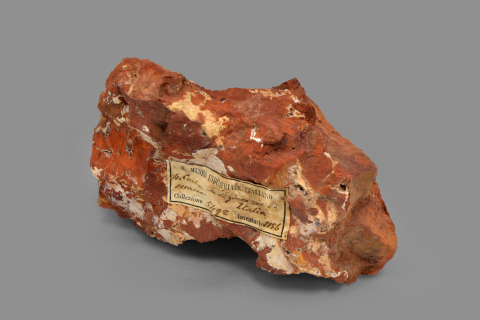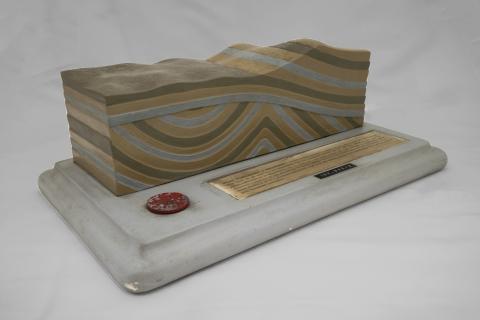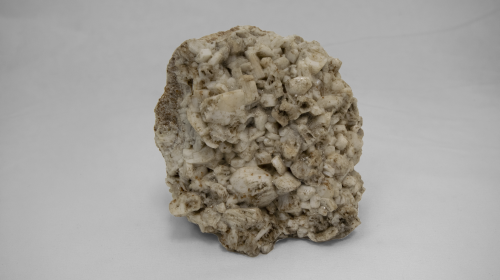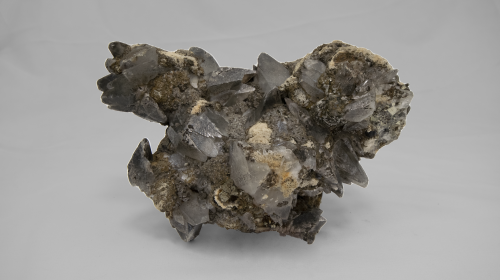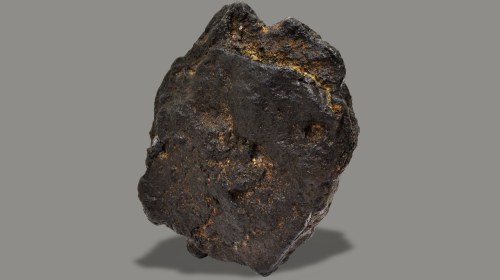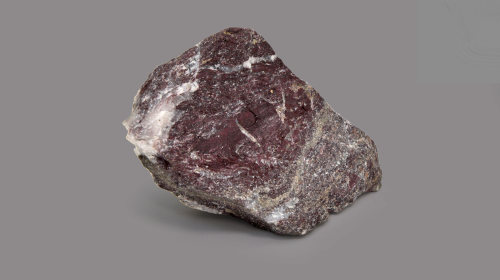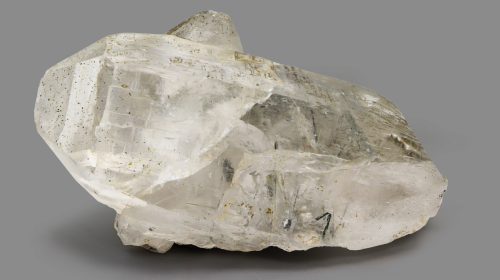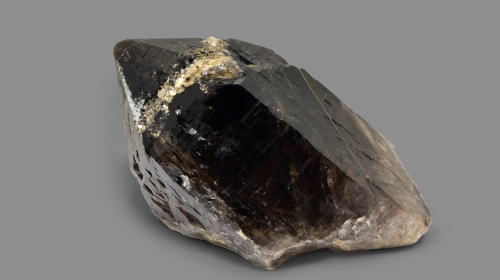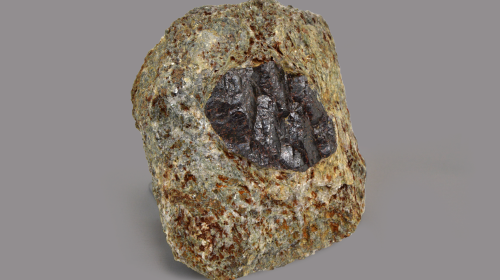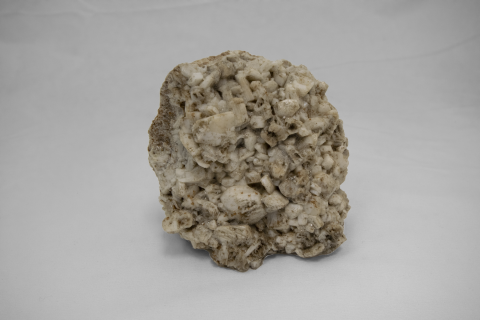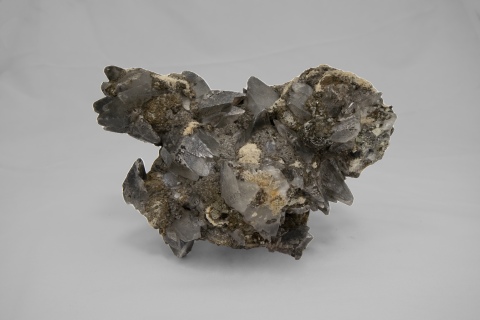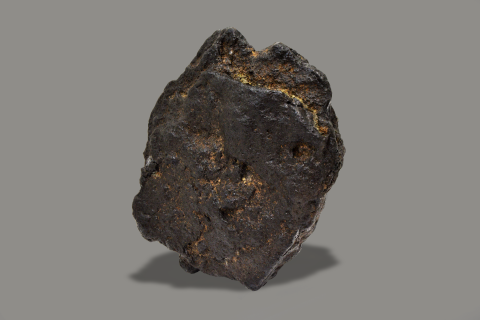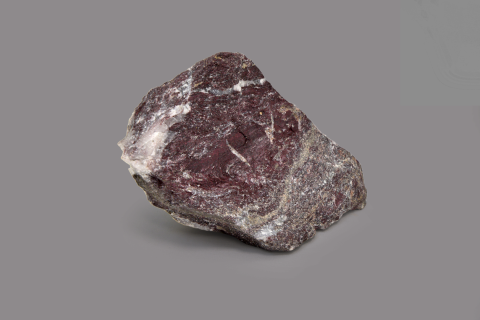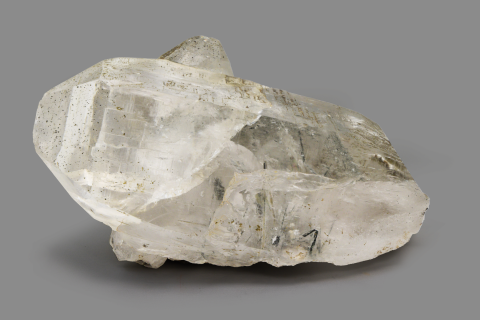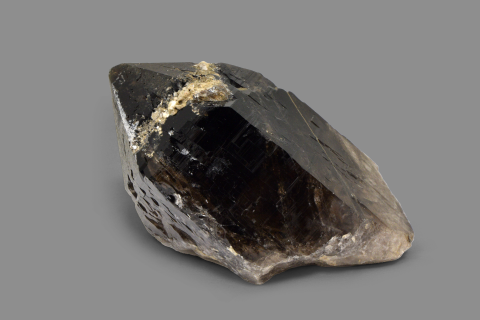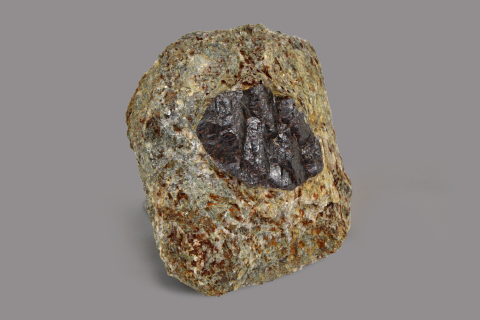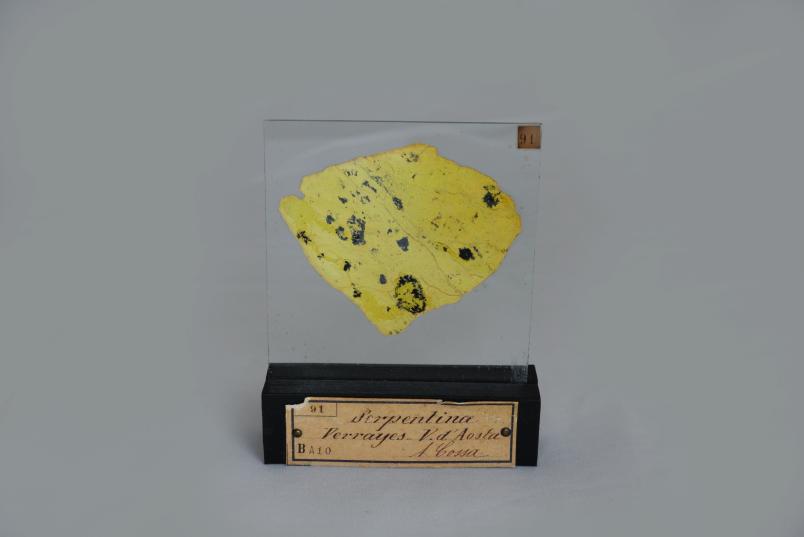
Following the Casati Act (1859), the Valentino Castle becomes the new seat of the Scuola di Applicazione per gli Ingegneri of Turin.
After Quintino Sella, the Museum collection was further increased by Bartolomeo Gastaldi (1818 - 1879), geologist and paleontologist from Turin, who donated many units of his private collection to complete the Museum inventory. In the early 1860s Bartolomeo Gastaldi succeeded his friend and colleague Quintino Sella as Museum Director and Professor of Mineralogy and Geology at the Scuola di Applicazione per gli Ingegneri.
In 1885, the Geology and Mineralogy Museum of the Scuola di Applicazione per gli Ingegneri, already open to the public, counted a catalogue of over twenty-five thousand units.
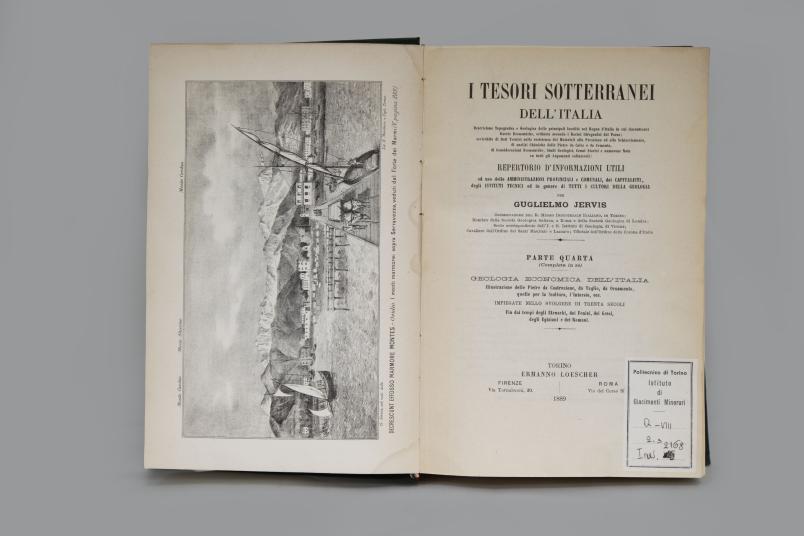
The Regio Museo Industriale (1862), in via dell’Ospedale 32 (via Giolitti), also houses geo-mineralogical and mining samples of industrial interest.
The Museum, inspired by the eminent European industrial Museums, was created on the initiative of Senator Giuseppe Devincenzi (1841-1903) to “promote the industrial education and the development of industry and commerce”.
With the merger in 1906 between the Scuola di Applicazione per gli Ingegneri and the Regio Museo Industriale to form the Politecnico, in 1911, along with many other collections, the geo-mineralogical collection of the former Regio Museo Industriale was moved from its headquarters in Via dell'Ospedale to the central building of the Valentino Castle and opened to the public.
In 1917, the Geology and Mineralogy Museum, with over thirty-five thousand units, fell under the direction of Federico Sacco (1864 - 1948), a geologist and palaeontologist from the Piedmont region. Later, in the academic year 1935-36, the collection was moved once again from the Valentino Castle to via dell’Ospedale. During this period the collection reaches approximately forty thousand units.
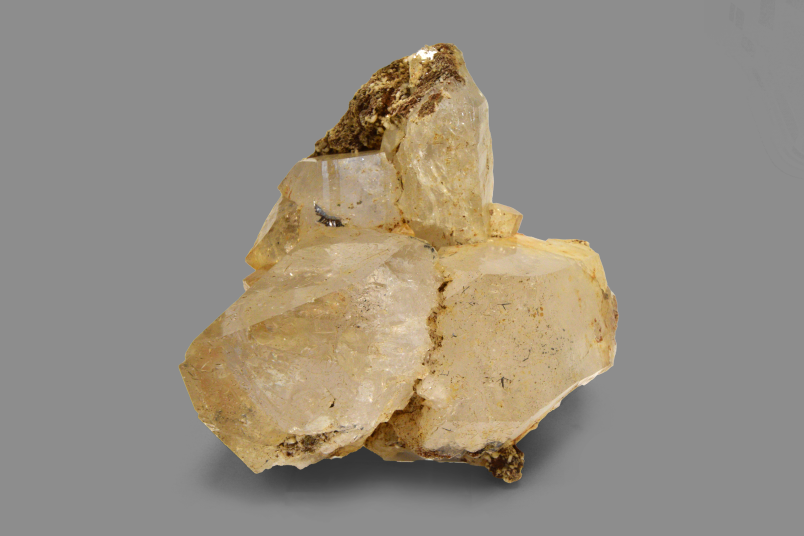
In 1940 Alberto Pelloux (1868-1948), professor of Mineralogy and applied geology, is entrusted with the task of reorganising the whole geo-mineralogical collection.
In the same year the museum changed its name to Museo di Geologia, Mineralogia e Giacimenti Minerari del Politecnico di Torino. The new director was Aldo Bibolini (1876 - 1949), Professor of Mining Technology at Politecnico, assisted by Antonio Cavinato (1895 - 1991), Professor of Mineralogy, Petrography and Mineral Deposits, and Luigi Peretti (1903 - 1985) Professor of Mineralogy, Geology and Palaeontology.
On the night of December 8th, 1942, during an aerial bombardment, the building in via dell’Ospedale caught fire and was partially destroyed. The part of the collection that was saved was later moved once again to its original location in the Valentino Castle, where it remained until the early 1960s.
A second bombardment permanently destroys the building on July 13th, 1943.
With the opening of the new branch of Politecnico di Torino in corso Duca degli Abruzzi in 1958, the remainings of the geo-mineralogical collection were moved to the Mineralogy, Geology and Mineral Deposits Institute.
In 1962, the number of units expanded with the acquisition of the Crida collection, which belonged to the late Celso Crida (1849 - 1950), doctor, naturalist and collector, as well as important figure in the scientific panorama of Turin in the early decades of the 20th century.
In 1983, the union of the above-mentioned institute and the Mining Art Institute created the Department of Georesources and Land, now known as Department of Environmental, Land and Infrastructure Engineering – DIATI. Today, the Department preserves the historical geo-mineralogical collections, inherited by the previous institutions.
